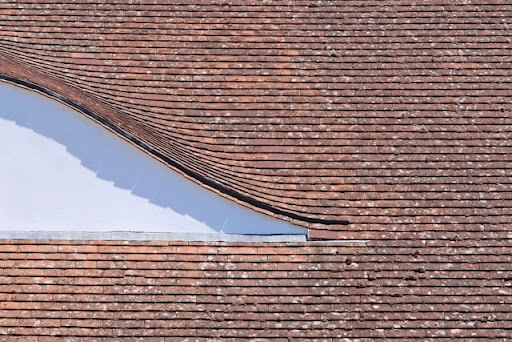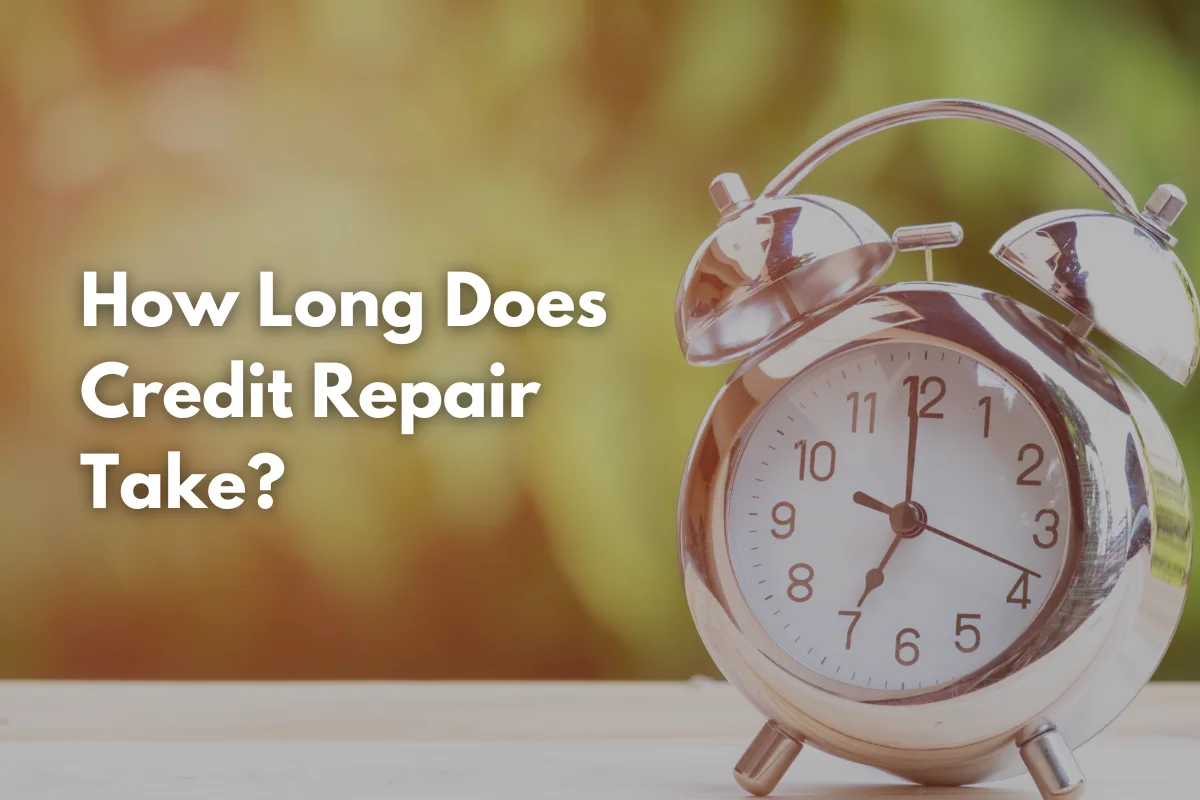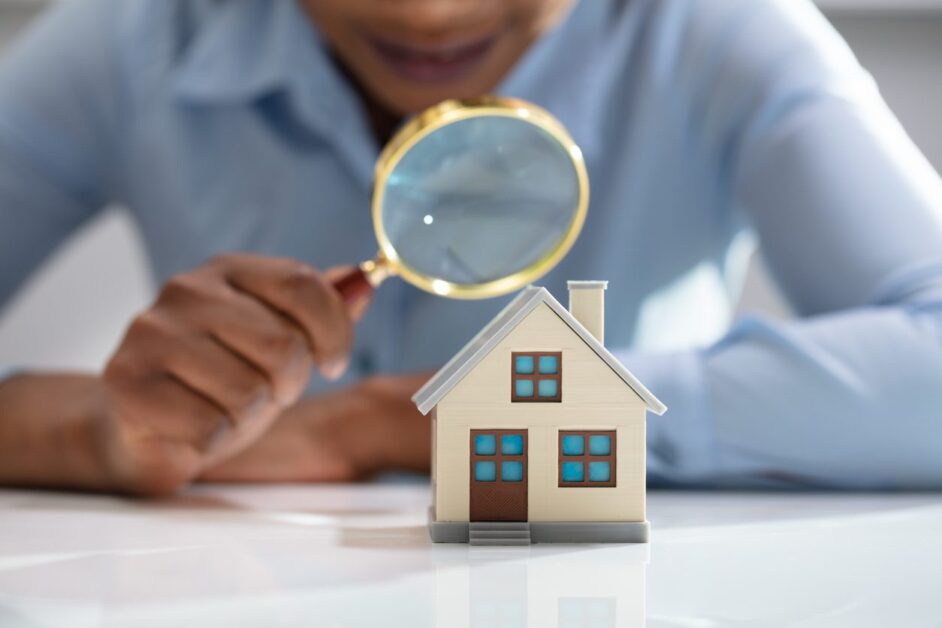Your roof is one of the most vital parts of your home, serving as the first line of defense against rain, snow, wind, and harsh sunlight. Keyrenter Boise Management team notes that many homeowners don’t think about roof maintenance until a problem arises—like a leak, missing shingles, or water stains on the ceiling. By then, the damage can be significant and costly to repair. One of the best ways to avoid these problems is through regular roof inspections. But how often should you have your roof inspected?
In this comprehensive guide, we’ll break down the recommended inspection frequency, the benefits of roof inspections, signs that it’s time to call a professional, and why preventative care can save you money in the long run.
Why Roof Inspections Are So Important
A roof inspection is much more than a quick glance at your shingles. Professional roofers carefully examine your roofing system, including:
- Shingles or tiles for cracks, curling, or missing pieces
- Flashing around chimneys, vents, and skylights
- Gutters and downspouts for clogs or improper drainage
- Signs of water damage or leaks inside the attic
- Sagging or structural weaknesses
- Growth of moss, algae, or mold
Catching issues early allows for small, inexpensive repairs instead of waiting until the damage becomes severe, requiring costly replacements or structural work.
General Guidelines: How Often to Inspect
The National Roofing Contractors Association recommends having your roof professionally inspected at least twice a year—once in the spring and once in the fall. This schedule allows you to check for any winter damage caused by snow and ice, and then again after the summer heat and storms.
1. After Major Storms
In addition to biannual inspections, you should schedule an inspection after any severe weather event, such as:
- Heavy thunderstorms
- High winds
- Hailstorms
- Hurricanes or tornadoes
- Significant snowfall or ice buildup
These events can loosen shingles, damage flashing, or cause hidden leaks that may not be immediately visible.
2. Based on Roof Age
The age of your roof is another key factor.
- Under 10 years old: An inspection every year or two may be sufficient unless major weather damage occurs.
- 10–20 years old: Annual inspections are strongly recommended, as materials begin to wear out.
- Over 20 years old: Inspections should be done at least twice a year because the likelihood of issues increases significantly with age.
3. After Buying or Selling a Home
If you’re purchasing a new home, a roof inspection should be part of the process to ensure you’re not inheriting hidden problems. Similarly, if you’re selling, a recent inspection can reassure potential buyers.
Benefits of Regular Roof Inspections
1. Prevent Costly Repairs
Minor issues like a cracked shingle or loose flashing can be repaired easily and affordably. Left unchecked, however, these problems can lead to major water damage, rot, or even structural issues.
2. Extend the Life of Your Roof
Routine inspections and maintenance can add years to your roof’s lifespan. Instead of replacing your roof prematurely, you’ll get the full value from your investment.
3. Protect Your Home’s Value
A well-maintained roof enhances curb appeal and reassures potential buyers that your home is structurally sound. On the other hand, a neglected roof can lower property value.
4. Maintain Energy Efficiency
Damaged or worn roofing materials can allow air leaks, making your home less energy-efficient and increasing heating and cooling costs.
5. Peace of Mind
Knowing your roof is in good condition provides peace of mind that your home and family are protected from the elements.
Signs It’s Time for an Immediate Inspection
Even if you follow a regular schedule, certain warning signs indicate you should call a roofing professional right away:
- Water stains or leaks inside your home
- Missing, curled, or cracked shingles
- Granules collecting in gutters (a sign of shingle wear)
- Moss, algae, or mold growth
- Sagging roof sections
- Rusted or damaged flashing
- Ice dams forming in winter
These issues can worsen quickly if ignored, so prompt inspection and repair are crucial.
DIY Roof Checks vs. Professional Inspections
As a homeowner, you can do a quick visual check of your roof from the ground or with binoculars. Look for missing shingles, debris buildup, or sagging areas. You can also check your attic for water stains or daylight shining through.
However, professional inspections go much further. Roofers have the expertise, tools, and safety equipment to examine hard-to-reach areas and identify hidden issues you might miss. They’ll provide a detailed report and recommend any necessary repairs.
Seasonal Considerations for Inspections
- Spring: Inspections focus on identifying winter-related damage, like ice dams or shingle cracks caused by freezing temperatures.
- Summer: Heat can cause shingles to blister or curl. Summer is also storm season in many regions, making inspections crucial.
- Fall: Roofers prepare your roof for winter by checking insulation, ventilation, and sealing vulnerable areas.
- Winter: While full inspections can be more difficult in snow, emergency checks may be necessary if you notice leaks or ice dams.
The Cost of Roof Inspections
The cost of a professional roof inspection varies based on location, roof size, and type of roof, but typically ranges between $150–$400. Some roofing companies offer free inspections, especially if you’re considering repair or replacement services.
When compared to the cost of major roof repairs or replacements—which can run into the thousands—regular inspections are a wise investment.
Choosing a Reliable Roofing Professional
When scheduling inspections, it’s important to choose a reputable and experienced roofing contractor. Look for:
- Proper licensing and insurance
- Positive customer reviews and references
- Detailed inspection reports with photos
- Clear communication about repair recommendations
If you’re unsure where to start, reach out to trusted local experts who specialize in roofing services. For instance, many homeowners will search online or simply contact for roof inspection to ensure they’re getting professional guidance tailored to their home’s needs.
Final Thoughts
Your roof is one of the most important investments in your home, and it deserves regular attention. At a minimum, schedule professional inspections twice a year—once in the spring and once in the fall. Increase that frequency for older roofs, after severe weather events, or if you notice signs of damage.
By staying proactive with inspections, you can extend your roof’s lifespan, prevent expensive repairs, and protect the overall value and safety of your home. Don’t wait until you see water dripping from the ceiling—make roof inspections part of your regular home maintenance routine.









